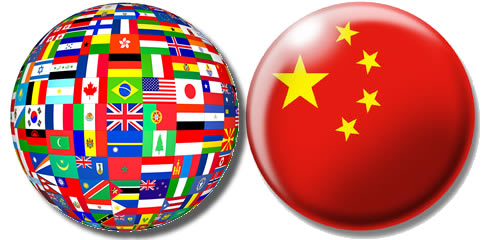
“Wokipedia” is a regular magazine column in which we introduce aspects of Chinese gastronomy, one letter at a time. This week, W …
… wok 锅 (guo)
Wok is a Cantonese pronunciation of the word for pot. The guo is a high-sided iron skillet with a wooden handle, almost always black (it certainly will be before too long), and used daily in the average Chinese kitchen. The metal used to make it is relatively thin to allow it to heat up quickly, preferably over a gas flame. The higher sides allow for more stirring during frying, especially as liquid ingredients such as soy sauce or sesame oil are added to the mix. Be nice to your wok: wash it only with hot water throughout its lifespan, and avoid using soap if possible.
… wotou 窝头
Literally “nest” or steamed cornbread, wotou are traditionally bland teepee-shaped snacks that were allegedly all the rage with Empress Cixi back at the beginning of the 20th century. Typically much smaller and far less sweetened than their cornbread cousins from the US, wotou is served as a staple alongside saucy, salty northeastern dishes.
… weijing 味精
Roughly translated as “the essence of flavor” or known a lot less affectionately in the West as monosodium glutamate, MSG is almost as common as its equally troublesome cousin sodium chloride (aka table salt) in Chinese cooking. Its poor reputation is news to many Chinese, who use the additive – known for its flavor-enhancing properties. Some even classify weijing as its own fifth taste alongside sweet, salty, sour and bitter. MSG, like salt, is a naturally-occurring substance and is less toxic to humans than its table cousin, although some people do react negatively to its use.
… wawa cai 娃娃菜
Better known to the Western diner as bok choy, the cousin of cabbage is more popular in China’s south than here in Beijing, but it is still popular especially in warmer months. Many cooks prefer the waxy leaf over its bigger northern cousin because it slices, boils, and stir-fries more easily and quickly.
Photo courtesy quora

